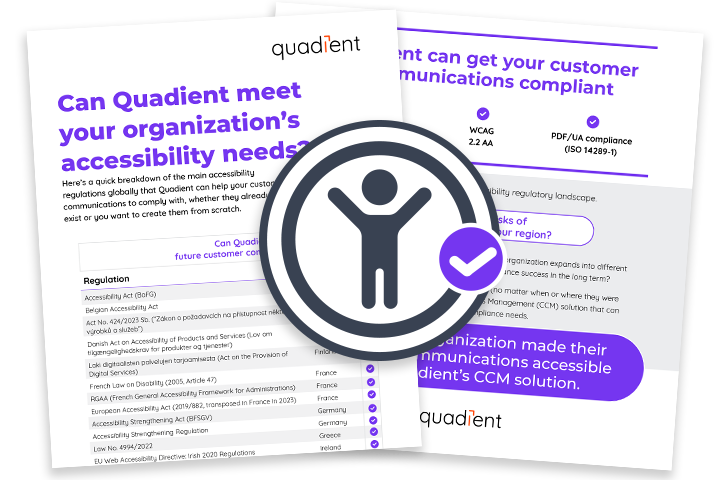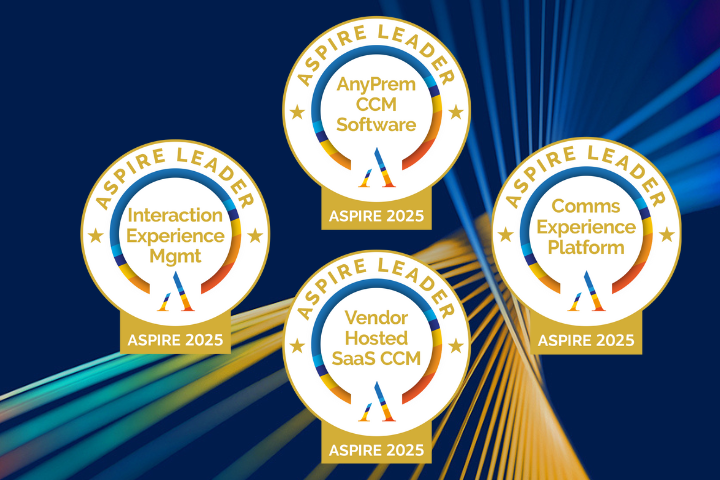
What have we learned since we last checked in on the state of accounts payable? Your business needs to be ready for anything!
In our last update, we discussed the power of automation. And how it’s become a tool finance leaders rely on to help them run smoothly with lean teams. Today, economic uncertainty, global supply chain disruptions, and cybersecurity threats mean businesses are laser-focused on liquidity and visibility. And AP automation is rising to the occasion.
Let’s let the numbers tell the story…
THE STATE OF AP: HIGH ON EXPECTATIONS, LOW ON RESOURCES
59% of AP leaders say doing more with less is top of mind. In times of economic uncertainty, efficiency is more important than ever. Other issues that keep them up at night? Processing costs (49%), managing cash flow (43%), and gaining better visibility into their current cash position (42%).
87% of hiring managers for finance and accounting teams struggle to find skilled talent. AP has a people problem. The pool of skilled labor is shrinking, and the turnover rate is growing. Plus, 68% of teams are still hybrid or remote. Making it harder to scale operations manually, and burning out talent too quickly.
88.6% of managers believe AP automation would free their teams to focus on strategic initiatives. Market pressure has elevated the role of AP teams from back-office “pencil-pushers” to key players driving business success. But the fact remains that the majority of AP teams spend 10 hours a week or more processing invoices and keying them into their accounting software. That’s more than most can afford.
THE MARCH TOWARD AUTOMATION CONTINUES
74% of businesses plan to automate their AP function this year.3 With no sign of changes in the state of AP, automation is the new normal. Mary Schaeffer, Founder and Publisher of AP Now, predicts, “Although not everybody’s using AP automation today, its use will soon be a no-brainer. I believe that everybody will eventually be using this, just like everybody uses Excel today.”
AP automation is growing 14% annually and businesses will spend $17 billion on solutions by 2032. That means if you haven’t started your AP automation journey, you’re lagging behind. And if you’re only automating some functions, you’re leaving valuable benefits on the table. (More on the charge toward full automation later!)
HOW’S IT GOING SO FAR?
An 80% reduction in costs has been reported by automated AP departments. The benefits of automation speak for themselves. Not only does it drastically reduce costs, but it is also shown to boost processing speed, minimize errors, and eliminate manual intervention.
Here are the benefits finance leaders report:
- 89%: Doing more with less
- 67%: Faster, more timely payments
- 47%: Greater visibility and cash flow control
- 44%: Reduced operational costs
- 36%: Streamlined reconciliation
AP automation is growing 14% annually and businesses will spend $17 billion on solutions by 2032. That means if you haven’t started your AP automation journey, you’re lagging behind. And if you’re only automating some functions, you’re leaving valuable benefits on the table.
TRENDS TO WATCH
40% of businesses plan to adopt artificial intelligence in the next 12 months. AI adoption rates in AP are staggering, especially for a field of historic “snail blazers.” What’s driving the shift? It’s simple. AI and AP–with its repetitive, high-volume processing–are a perfect fit.
Here are some of the ways AP teams are applying AI:
- Automated data entry, approvals, and invoice processing makes it easier, faster, and more accurate.
- Intelligent invoice routing and exception resolution speed approvals and time to payment.
- Predictive analytics identify cash flow issues early.
- Real-time, AI-driven insights make it easier to spot bottlenecks and inefficiencies.
- Automated vendor onboarding and performance tracking simplify management and improve satisfaction.
While AI has changed the way businesses automate their AP, its full potential is still on the horizon. As advances are made, AI will make AP processes even more efficient and reliable.
Only 5% of automated AP departments have achieved full automation. No matter where you are in your automation journey, hyper-automation, where the entire process is touchless from invoicing and payment approvals to reconciliation and reporting, should be the goal. It keeps your suppliers happy and frees your team for strategic work. Here’s how:
- Real-time analytics for better cash flow management and financial forecasting
- Automated data processing to eliminate manual errors
- Secure cloud-based document management for collaboration and compliance
- Enhanced scalability to handle growing AP workloads
90% of US businesses fell victim to a fraud attack last year. While automation and digitization reduces the risk of manual error–the cause of 68% of security breaches last year – it leaves you more vulnerable to cyber threats, phishing attacks, and fraud. Platforms come equipped with built-in security features such as multi factor user authentication, positive pay files, and data encryption. But AI is your secret weapon here. It can analyze transaction data in seconds and flag suspicious activity before damage is done.
40% of finance leaders point to strained supplier relationships as a major concern. As supplier dissatisfaction continues to grow, and AP teams spend more time on service (22%!), the supplier portal is becoming less of a luxury and more of a necessity. Self-service platforms allow suppliers to submit invoices, track payments in real time, and resolve discrepancies. No more chasing the AP team and waiting for critical information. On the flip side, AP teams save time and cut costs while delivering better service.
360-Degree insight is critical to decision-making. Traditional AP processes often struggle with data silos, delayed reporting, and manual data management, making it hard to get a clear picture of financial health. Advanced analytics–powered by AI - are putting real-time data at their fingertips so they’re not just processing payments - they’re driving strategic outcomes. Here’s how:
• Early error detection – Data analysis identifies discrepancies before they become costly mistakes, ensuring accurate invoice and payment processing.
• Smarter financial planning – Insights into spending patterns and cash flow trends help businesses forecast more effectively and manage budgets proactively.
• Faster processing and approvals – AI-driven automation speeds up invoice workflows, reducing manual tasks and eliminating bottlenecks.
9+ Countries now mandate e-invoicing. The global shift toward digital invoicing is on, yet 21% of AP teams still struggle with too much paper. By digitizing the entire invoicing process - from submission and validation to approval - businesses eliminate manual handling, reduce processing errors, and speed up workflows.
Businesses that invoice electronically report:
- 37% improvement in invoice matching
- 32% more on-time payments
- 29.2% reduction in processing costs
30% of global payments will be in real time by 2028. The shift toward real-time payments is gaining momentum as cash flow and supplier relationships become more critical. Traditional payment cycles can lead to delays and limit opportunities for early-payment discounts. Adopting real-time payments helps businesses meet obligations on time, building trust with suppliers and unlocking potential cost savings. Real-time insights into cash flow trends enable informed financial decisions, allowing businesses to operate with greater financial agility and turn payments into a strategic advantage, not just a back-office task.
If the numbers don’t lie, then here’s the truth
Quadient AP Automation helps businesses like yours move faster, smarter, and more securely.
Want to see what AP automation can do for you?
Book a demo








